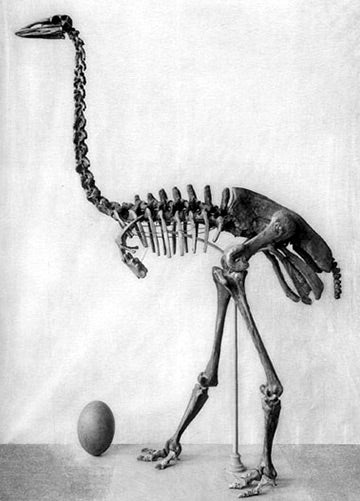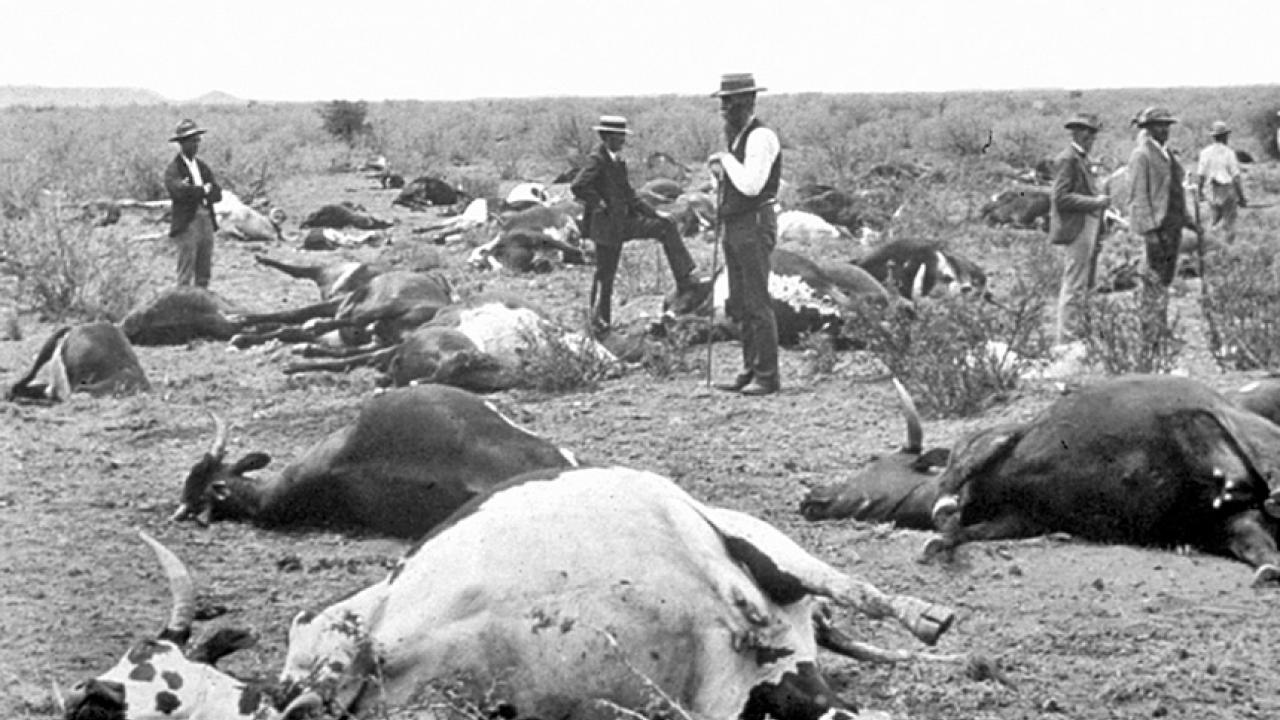About the author
Anthropologist Alexander Harcourt wrote this post based on his 2015 book Humankind: How Biology and Geography Shape Human Diversity (Pergamon Press).
The book tackles how the evolution of the human species has been shaped by the world around us. In the book, Harcourt looks at topics including anatomy and physiology, cultural diversity and population density.
During his lifelong career, the UC Davis professor emeritus started with a focus on primates in Africa and then broadened to examining evolutionary biology issues for humans and animals across the world.
Spanish conquistadors Hernán Cortéz and Francisco Pizarro are justly infamous for their slaughter of native American peoples. However, measles and smallpox far more than European soldiers’ swords and pikes destroyed the Aztec and Inca civilizations.
Measles for us now is a minor affliction because most people don’t contract the disease. But to the native peoples of the Americas, the disease was lethal. And it wasn’t only measles. Some accounts have European conquerors offering native Americans “gifts” of blankets from smallpox victims. Whether introduced deliberately or accidentally, European diseases killed maybe half of the native populations of the Americas by the middle of the 16th century.
Europeans spread human and animal diseases worldwide
The great “stench of death” recorded by one chronicler of the Americas spread throughout the world wherever Europeans brought their diseases and the diseases of their animals.
As humans dispersed across the world from Africa over the last 100,000 years, a wave of extinctions accompanied them. Scores of species died out, especially large-bodied ones. We certainly slaughtered many of these for food. But how many died from the diseases carried by our domestic animals?
We know what newly introduced diseases can do. Look at the photograph from “1890s African rinderpest epizootic” (shown above) on Wikipedia. Dead, bloated cattle scattered across the land as far as we can see. Over 5 million cattle in Africa died from this Asian disease. And that is just cattle. Rinderpest is thought to have been introduced by Indian cattle brought by the Italians for their campaign against Somalia in 1887.
Rinderpest is a disease of all ungulates — hoofed mammals. Almost certainly, millions of sheep, goats, and wild ungulates, such as buffalo and wildebeest, died also from rinderpest. If livestock die, so too do the pastoralists that depend on them. Two-thirds of Tanzania’s Maasai people might have died as a result of the 1890s African rinderpest outbreak.
After decades of effort, rinderpest was officially declared eradicated from the world in 2011.
Introducing disease to control rabbits decimates the species
We humans took rinderpest to Africa accidentally. But we took myxomatosis into Australia deliberately. Myxomatosis is an unpleasant lethal disease of rabbits, which sometimes first blinds them. In Australia, rabbits introduced in the mid-1800s to amuse hunters became a plague that grazed the land to sand and dust, and competed with remaining sheep at waterholes.
To control the pests, authorities released rabbits infected with myxomatosis, a disease first noticed in the late 1800s in Uruguay. Within two years of Australia’s deliberate release in 1950, a population of maybe 600 million feral rabbits fell to 100 million.
We do not have accounts of the consequences of some of our earlier arrivals in other parts of the world. However, if our own diseases killed off the local peoples, why would not the diseases of our animals kill off the local animal species?
What happened to the elephant birds of Madagascar?

Did the elephant birds of Madagascar, some weighing over 650 pounds, succumb to not just hunting, but also to one or more diseases of chickens brought in by humans arriving on the island maybe 2,000 years ago? Did the Maori peoples bring with their chickens a disease that — along with hunting — wiped out the New Zealand moas (another species of flightless bird)?
Certainly, avian malaria and avian pox, novel diseases introduced to Hawaii with exotic birds and mosquitos, exterminated in the islands scores of indigenous bird species that had never before been exposed to the diseases. The malaria and pox have not finished their depredations. They will surely exterminate more native species in a warmer world as mosquitos carrying the diseases move up Hawaii’s mountain slopes into new areas and meet bird species so far untouched by them.
Recent bird extinctions in California
In California’s Central Valley, several native bird species have disappeared or nearly disappeared over the past couple of decades. Some blame their demise on the arrival and spread of West Nile, a viral infection that has been spreading through the world since the 1990s. The birds become weak, and many eventually die — sometimes with tremors and seizures, because the virus affects the brain and spinal cord, among other organs.
For some reason, the birds most affected prefer natural habitat. But as those species go, the population size of other species rises, including of species that associate far more closely with humans. If any disease should interest those involved with One Health, it might be West Nile, for the disease affects not only birds, but humans, too. Thousands of Californians have contracted West Nile in the last 15 years, and over 2,000 of them have died. Infected Californians most likely got the disease via mosquitoes that had previously fed on the sparrows in their garden.
Expect geographic contrasts in susceptibility

So recent is the global spread of the disease that in a sense it shows no geography of susceptibility — the people and birds of all countries are equally susceptible. However, with certain people and birds more susceptible than others, we can expect geographic contrasts in susceptibility to develop.
We might have eradicated smallpox from the world, but with globalization and global warming, more and more diseases will spread from the epicenter of almost all diversity, the tropics, to the rest of the world, and affect the domestic and wild animals and plants around us. Temperate animals and humans previously unexposed to those tropical diseases will presumably increasingly suffer from them.
Health of course involves more than disease. It also involves anatomical and metabolic adaptation to the environment. If the environment of different regions of the world differs, and of course it does, so do other aspects of animal anatomy and physiology. But those differences are another story.
As the threat of disease spreads around the world, we need to continue to work to understand new and emerging diseases and develop the strategies, treatments and vaccines to control them.
Alexander Harcourt is a professor emeritus in the Department of Anthropology and Graduate Group in Ecology at UC Davis.
